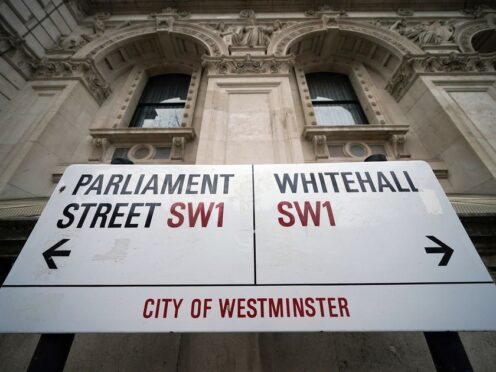Chinese surveillance cameras will still be in use at sensitive sites in 2025 despite a Government commitment to ban them, ministers have admitted.
Around 50% of sites found to have used such equipment have had it replaced, junior cabinet office minister Alex Burghart said in a written statement.
He said that some 70% of sites are expected to have their surveillance equipment removed by October this year, with the rest on track to have equipment completely replaced by April 2025.
He said that work to remove the devices was ahead of schedule and that “the vast majority of sensitive sites never deployed such equipment.”
“Our approach is preventative to manage and mitigate any potential risk materialising in the future,” Mr Burghart said.
Governmental departments were ordered to stop installing Chinese-made surveillance cameras in November 2022 due to security concerns.
The order applies to “visual surveillance systems” made by firms subject to China’s national security law, which requires companies to co-operate with Beijing’s security services.
Whitehall ministries were told at the time that existing equipment should not be connected to departmental core networks and consideration should be given to removing it entirely.
Downing Street insisted on Monday that the Government was not dragging its heels over removing Chinese surveillance equipment.
The Prime Minister’s official spokesman said: “We take the security of our systems and establishments extremely seriously and we have a range of measures in place to scrutinise the integrity of our arrangements.
“To that end, we are taking precautionary steps to prevent potential security risks materialising in light of the increasing capability and connectivity of visual surveillance systems and we have halted any installation of equipment produced by companies subject to China’s national intelligence law from sensitive central government sites and asked departments to consider their removal when necessary.”
The Commons Foreign Affairs Committee had previously called to ban equipment manufactured by Hikvision and other companies said to have had their cameras deployed in internment camps in China’s Xinjiang province.
It was reported that Hikvision cameras were used inside the Department of Health and Social Care, where security concerns were raised over leaked CCTV showing then-health secretary Matt Hancock kissing an aide.
Hikvision has been contacted for comment.
